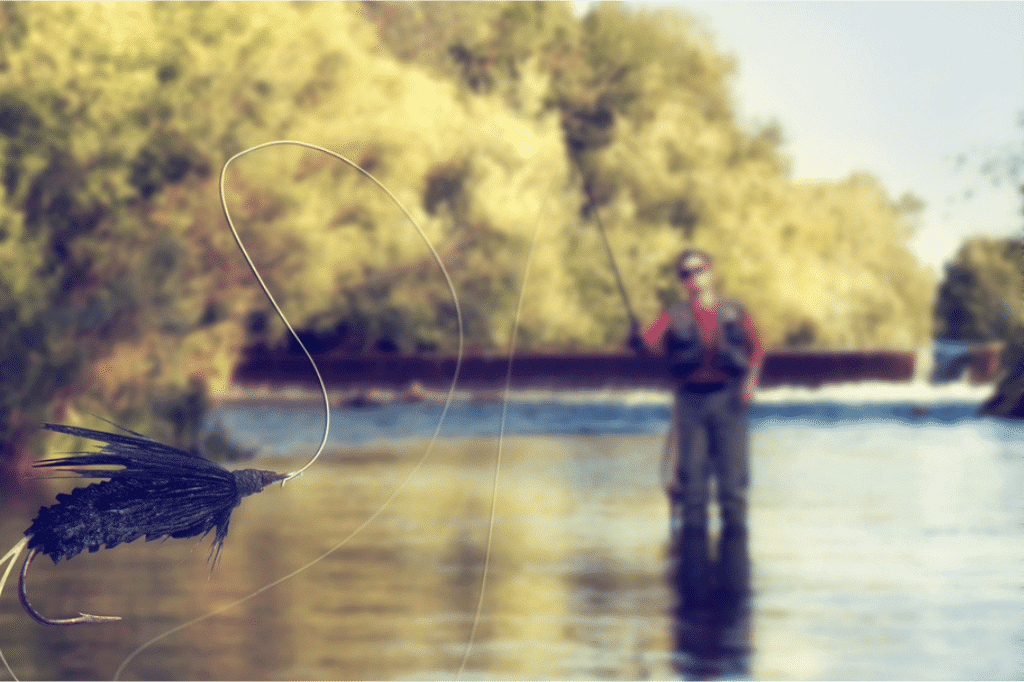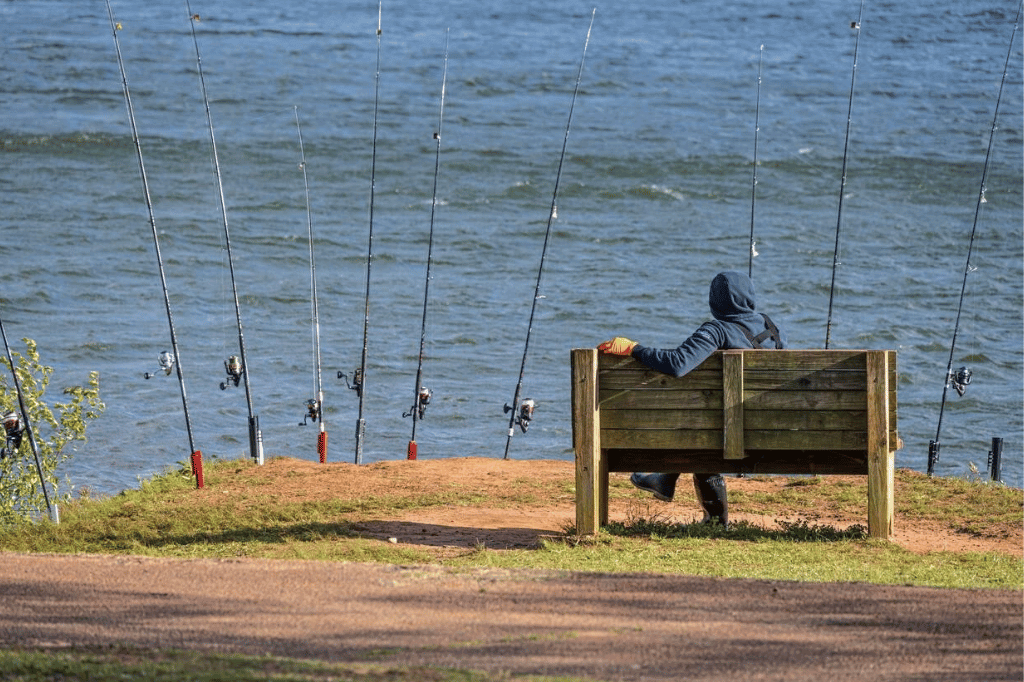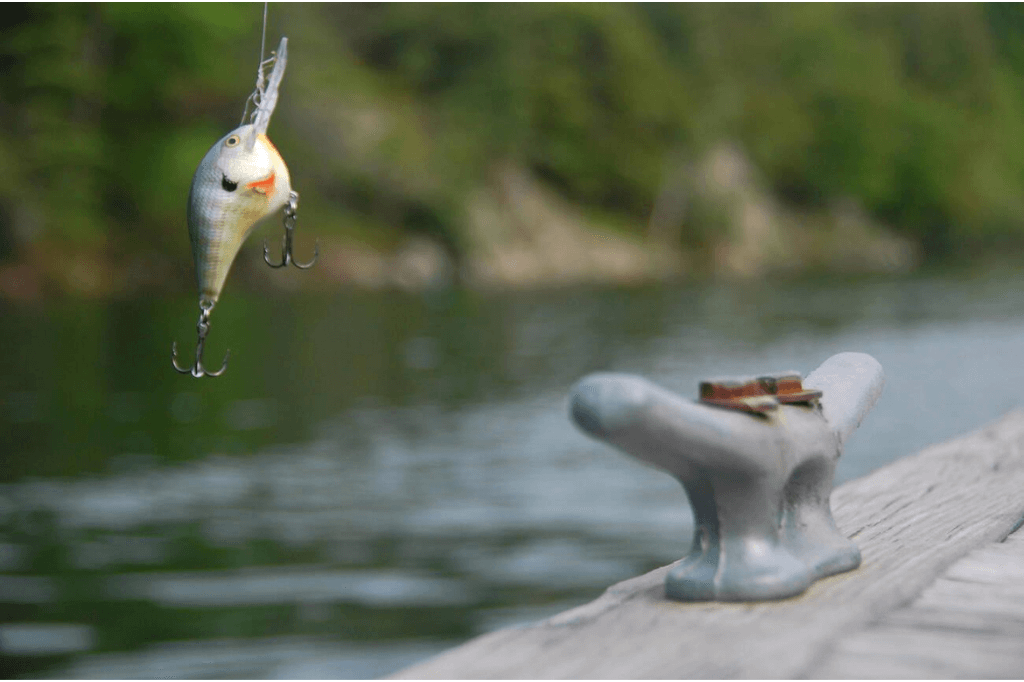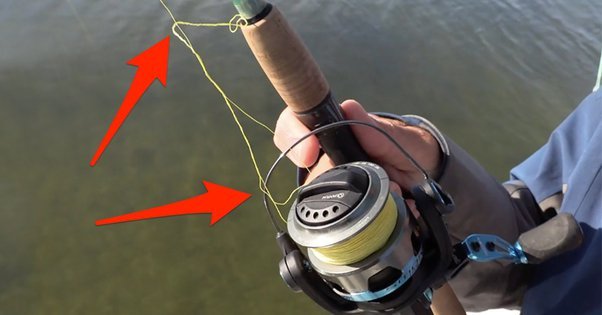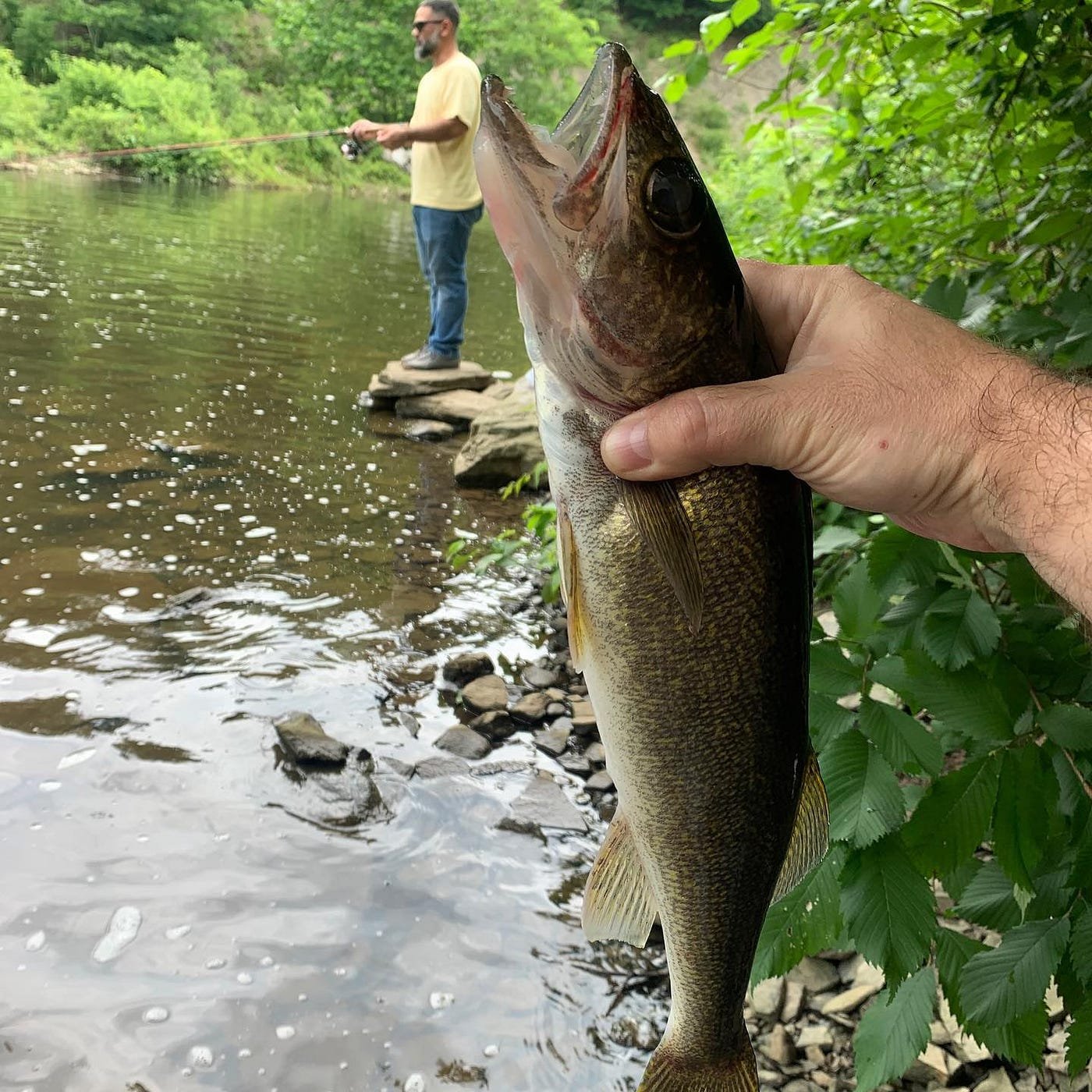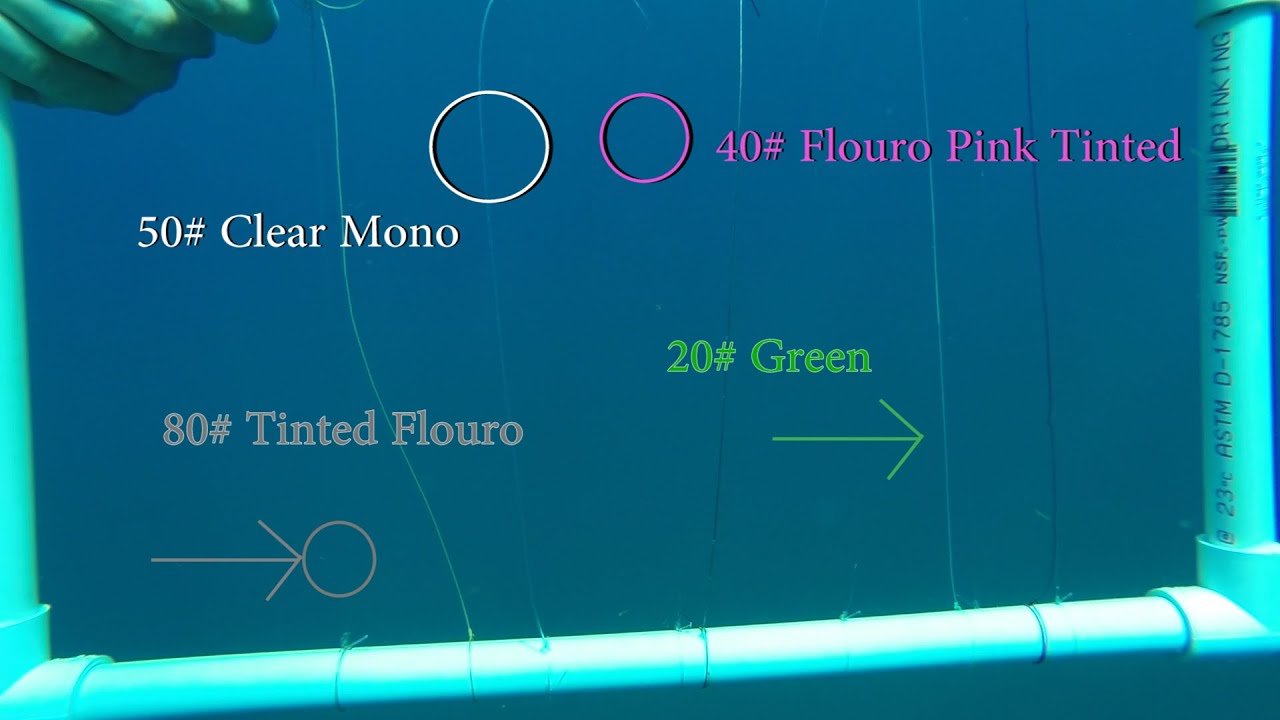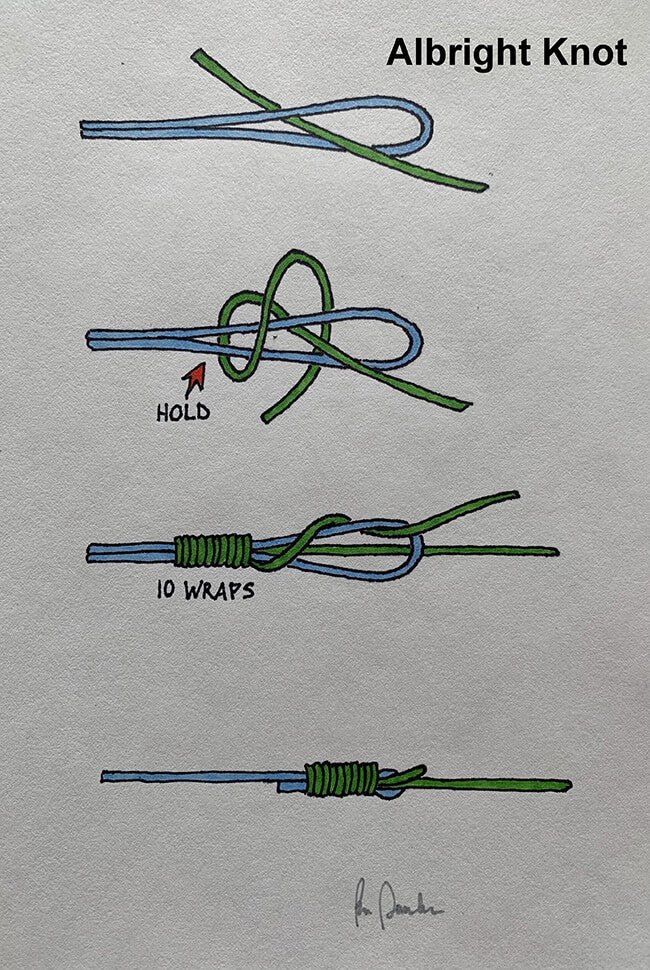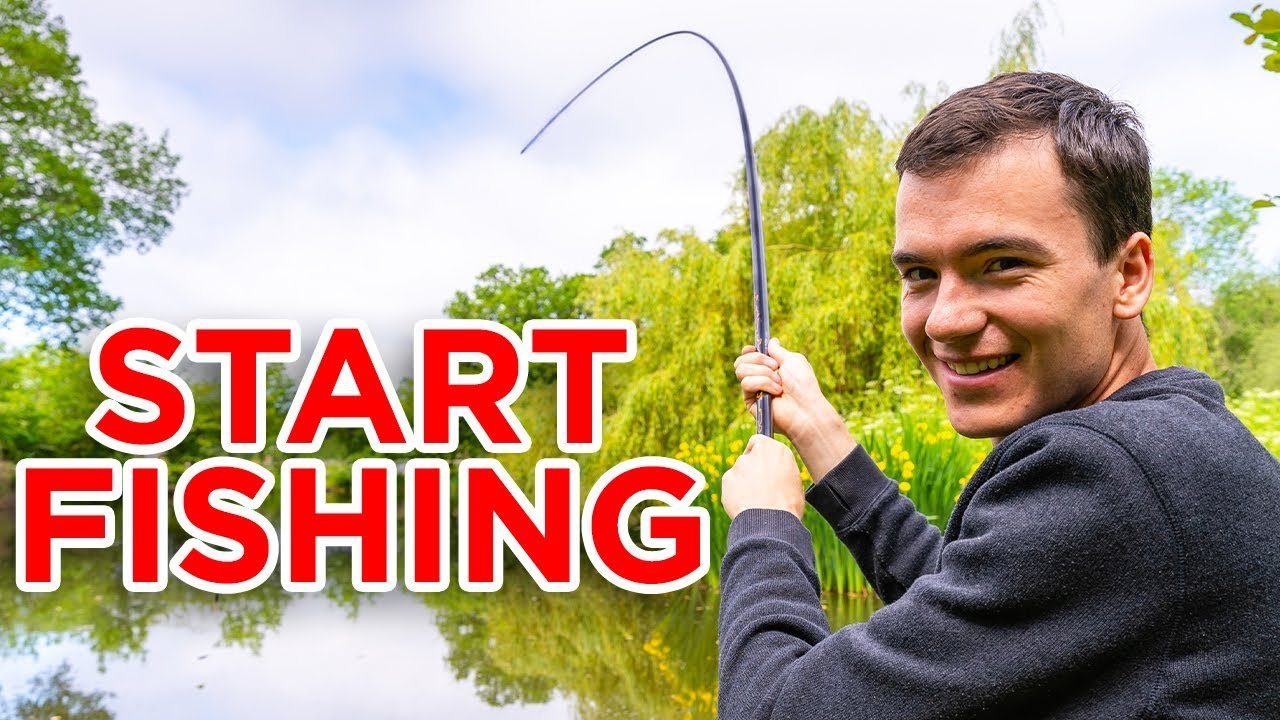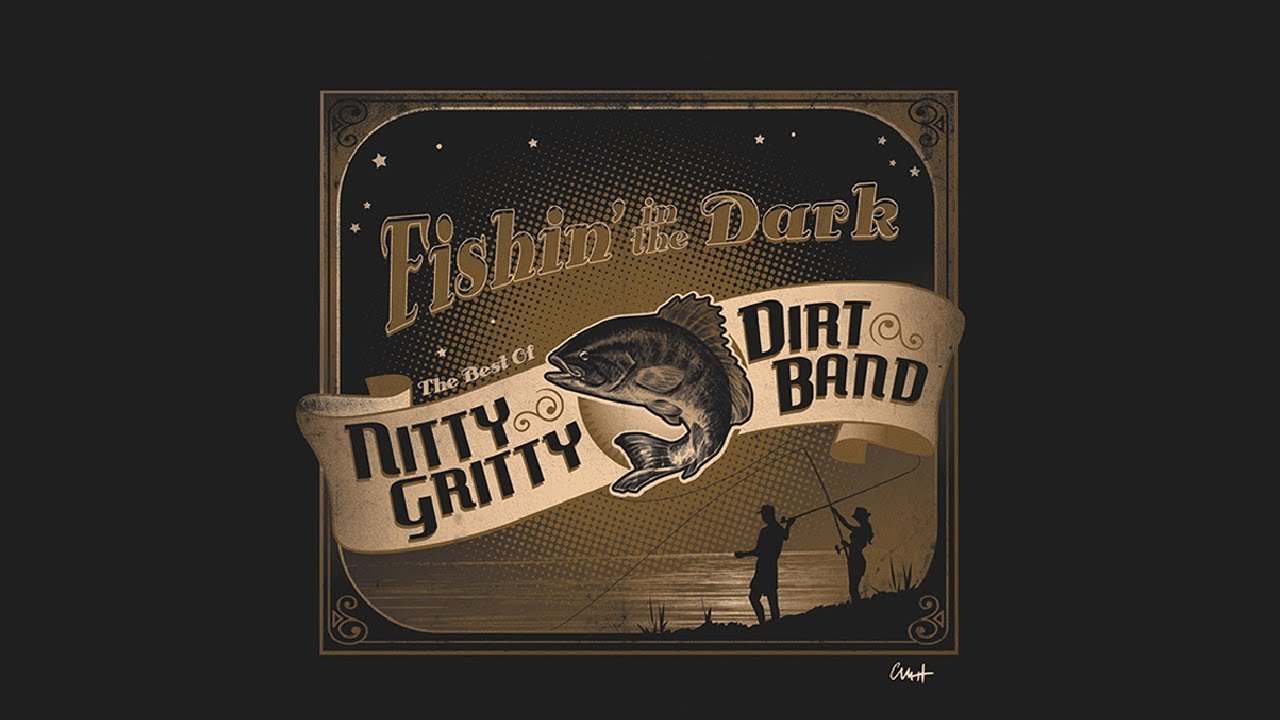Crankbaits are essential tools for anglers aiming to attract a wide range of fish species. These lures come in various sizes, shapes, and colors to target specific depths and water conditions. Their distinct wobbling action entices predatory fish, making them effective for both freshwater and saltwater fishing.
The lure’s built-in buoyancy allows it to float at rest and dive down during retrieval, which can trigger strikes from fish. Choosing the right crankbait tactics involves considering the fishing environment, desired depth, and the type of fish you’re targeting. With their versatility and ease of use, crankbait lures are a staple in any angler’s tackle box, offering a dynamic approach to catching gamefish.
The Lure Of Crankbait Tactics
Crankbait tactics are a game-changer in the fishing world. Their unique design mimics the movement of baitfish. This tricks fish into biting. Anglers love crankbaits for their versatility and effectiveness. These lures work in different conditions and water depths.
Choosing The Right Crankbait Tactics
The key to success with crankbait tactics is choosing the right one. Think about the depth you’re fishing. Crankbaits come in shallow, medium, and deep diving varieties. Match the crankbait to the depth to reach the fish.
- Shallow Divers: Ideal for water less than five feet deep.
- Medium Divers: Best for depths of five to twelve feet.
- Deep Divers: Use these for fishing over twelve feet.
Also consider the lure’s action. Some wiggle tightly while others have a wide wobble. Different fish respond to different actions.
Color Selection For Maximum Attraction
Color plays a big part in attracting fish. Conditions dictate the best color to use.
| Water Clarity | Light Conditions | Recommended Color |
|---|---|---|
| Clear | Bright | Natural hues like silver or shad |
| Stained | Low | Bold colors like orange or red |
| Muddy | Overcast | Vibrant colors like chartreuse |
Remember, fish see colors differently than humans. Test various colors to find the best for your fishing spot.
Crankbait Design And Action
Understanding the design and action of crankbait tactics can greatly improve your fishing experience. These lures are crafted to mimic the movement of baitfish. They tempt predators with their unique wobble and dive. Let’s dive into the specifics of crankbait design and what gives them their irresistible action.
Lip Shape And Wobble Effect
The lip shape of a crankbait is critical for its wobble. Different lip shapes create varied movements in the water. A large, deep lip will make the crankbait dive deeper and wobble more. A smaller lip results in a tighter wobble and shallower dive. Anglers use these variations to target fish at different depths and to match the swimming action of local prey.
Buoyancy And Diving Depth
Buoyancy affects how a crankbait behaves when paused. Some are floaters and others are suspenders. Floaters rise to the surface when not in motion, which can be perfect for fishing over weeds. Suspenders stay at a certain depth, ideal for tempting fish in the middle of the water column. The diving depth is influenced by buoyancy, lip shape, and the line used. Anglers choose crankbait tactics based on the depth they want to reach, aiming to get their lure right in front of the fish.
Seasonal Strategies
Crankbait tactics are versatile lures for year-round fishing. Anglers can maximize their catches with the right seasonal strategies. Each season offers unique challenges and opportunities. Understanding these can lead to more successful outings.
Spring Awakening: Shallow Water Tactics
Spring brings new life to lakes and rivers. As water temperatures rise, fish move to shallow areas. This is the perfect time for crankbait fishing.
- Use lighter colors: Imitate natural prey with silver or gold lures.
- Target cover: Cast near logs, rocks, and vegetation where fish hide.
- Retrieve slowly: A slower approach can tempt sluggish fish.
Summer Patterns: Deep Diving Techniques
Summer heat pushes fish to cooler, deeper waters. Deep diving crankbaits reach these spots.
- Select heavy lures: Choose ones that dive deeper to find fish.
- Focus on structure: Drop-offs and submerged objects are hot spots.
- Vary retrieval speed: Mix it up to trigger strikes from active fish.

Crankbait Gear Essentials
Mastering the art of crankbait tactic fishing requires specific gear. Let’s dive into the essentials you need to enhance your fishing trips.
Selecting The Right Rod And Reel
Choosing the right rod and reel is crucial for crankbait tactic fishing. The ideal setup combines both functionality and comfort.
- Medium-heavy rod: Perfect for casting crankbaits accurately.
- Flexible tip: Ensures better performance and lure action.
- Reel with a good drag system: Helps manage the fish after the catch.
Look for a reel with a high retrieval rate. It allows quicker lure movement through water.
The Importance Of Line Choice
The line is a key factor in crankbait tactic fishing. It affects how the bait behaves in water.
| Line Type | Benefits |
|---|---|
| Fluorocarbon | Less visible underwater, good for clear waters. |
| Braided | Strong, good for heavy cover areas. |
| Monofilament | Stretches more, good for topwater lures. |
Select a line that matches your fishing environment. It will improve your success rate.
Casting Techniques For Precision
Perfecting your cast is crucial when using crankbait tactics. Precision casting ensures your lure hits the sweet spot and triggers strikes from trophy fish. Let’s dive into techniques that can enhance your casting accuracy and effectiveness.
Mastering The Overhead Cast
The overhead cast is a fundamental skill for any angler. It’s about control and power. Start with the basics:
- Position your feet shoulder-width apart for balance.
- Hold the rod at about a 45-degree angle behind you.
- Use a smooth motion to bring the rod forward.
- Snap your wrist as you reach the 11 o’clock position.
- Release the line just before your rod points directly at your target.
Practice this technique to hit targets with precision and distance.
Utilizing The Roll Cast For Tight Spots
The roll cast is perfect for fishing in areas with limited space. It helps you avoid snags and get your crankbait where it needs to go. Here’s how:
- Lift your rod tip high with the lure dangling.
- Dip the rod tip back slightly and then forward in a smooth motion.
- Allow the lure to roll off the water’s surface.
- Direct the rod tip toward your target area.
- Control the spool to manage the line’s flow.
This cast is a game-changer in tight fishing spots.
Retrieval Methods For Success
Retrieval Methods for Success are crucial for mastering the use of crankbait tactics. These methods can make or break your fishing game. Understanding how to retrieve your lure effectively can be the difference between a good and a bad fishing day. Let’s dive into the techniques that will help you catch more fish.
The Art Of Stop-and-go
This technique is simple yet powerful. Cast your crankbait, reel it in for a few seconds, then pause. Fish often strike when the lure stops and starts. This mimics injured prey, which is irresistible to predators. Practice this method to see more bites.
Speed Variations To Trigger Strikes
Speed can play a huge role in attracting fish. Start with a steady retrieve. Then, switch up the speed. Slow down, speed up, and keep the fish guessing. This unpredictability can trigger aggressive strikes. Remember, fish love chasing erratic prey.
Structural Hotspots For Bass
Structural Hotspots for Bass are key areas where anglers can find abundant bass. Understanding the lake or river bottom structures is crucial for successful bass fishing. Let’s explore how to identify and target these productive spots using crankbait tactics.
Identifying Underwater Structures
Underwater structures like rocks, sunken trees, and ledges are perfect hiding spots for bass. Use your sonar technology to spot these features. Look for abrupt changes on your screen, indicating potential bass hideouts.
- Scan the water with sonar.
- Look for irregularities.
- Mark these spots for later.
Targeting Weed Lines And Drop-offs
Weed lines and drop-offs are magnets for bass. These structures provide food, oxygen, and cover, making them ideal for fishing.
| Structure | Why It Attracts Bass |
|---|---|
| Weed Lines | Offer shelter and food sources. |
| Drop-offs | Quick access to deep and shallow water. |
Cast your crankbait parallel to these structures to increase your chances of a catch. Keep your line tight to feel the slightest bite.
- Cast parallel to the edge.
- Keep the line tight.
- Watch for subtle bites.
Advanced Crankbait Modifications
Anglers seeking to elevate their game can delve into advanced crankbait modifications. Tailoring crankbaits boosts their effectiveness. Let’s explore custom tweaks for that winning edge.
Custom Tuning For Enhanced Action
Every crankbait has its unique wobble and movement. Custom tuning refines this action. The goal is simple: mimic live prey. Adjust the bait’s bill for a deeper or shallower swim. Bend it slightly for a more erratic action. Be gentle to avoid breaking the bill.
- Bend the eyelet – Alter the pull point for different movements.
- Adjust weight – Add or remove weight for buoyancy control.
- File the bill – Fine-tune the wobble and diving depth.
Adding Sound And Scent
Bass rely on their senses to track prey. Introduce sound and scent for an irresistible lure. Rattles inside the crankbait create noise. The sound grabs attention in murky waters. Attachments or sprays add scent trails. These trails guide bass to your bait.
| Modification | Benefit |
|---|---|
| Rattles | Attract fish with acoustic cues. |
| Scented gels | Create a scent trail for tracking. |
| Dipping in scent | Coat for long-lasting smell. |
Troubleshooting Common Crankbait Mistakes
Even the most skilled anglers face challenges with crankbait tactics. These lures can be tricky. Knowing how to fix common issues is key. This guide helps you tackle two frequent problems: snags and incorrect lure action.
Avoiding Snags And Tangles
Crankbaits often get caught in underwater structures. This can be frustrating and costly. Follow these tips to keep your line clear:
- Choose the right depth: Pick a crankbait that matches the water’s depth.
- Use a bumping technique: Let the crankbait hit objects lightly, then steer away.
- Keep the rod tip up: This position reduces snags and gives better control.
Mastering these methods improves your chances of a snag-free experience.
Correcting Improper Lure Action
A crankbait with poor action won’t attract fish. Ensure your lure swims right with these steps:
- Check the lip: Make sure it’s straight and damage-free.
- Adjust the line tie: Use pliers for small tweaks to center the lure action.
- Examine the hooks: Replace them if they’re bent or dull.
Right action means more bites. Take time to make these adjustments.
Record Catches: Tales From The Pros
Anglers often dream of that one epic catch, a story to tell for ages. Pros with crankbaits often turn such dreams into reality. Let’s dive into the tales that fuel every fisher’s fantasy and uncover the secrets behind those legendary pulls.
Memorable Trophy Bass Stories
Pros recall battles with behemoth bass that set the angling world abuzz. Each tale is a testament to skill, patience, and the right crankbait.
- Kevin VanDam’s Classic Victory: A 12-pound bass on a chilly morning won him the title.
- Rick Clunn’s Record Breaker: His 16-pound catch is a story passed down through generations.
- Casey Ashley’s Dream Catch: A late-day haul that crowned him champion.
Pro Angler Insights And Secrets
Learn proven tactics from top anglers to up your crankbait game.
| Angler | Secret | Result |
|---|---|---|
| Bobby Lane | Slow retrieval in cold water | Massive winter bass |
| Bill Dance | Match the hatch precision | Consistent trophy catches |
| Denny Brauer | Depth control mastery | Big bass in deep spots |
Practice these secrets to reel in your personal record bass.
Frequently Asked Questions
What Is A Crankbait For?
A crankbait is a type of fishing lure designed to mimic the movement of small fish, enticing larger predators to strike. It dives underwater when retrieved, suitable for various depths depending on its design.
What Is The Difference Between A Jerkbait And A Crankbait?
Jerkbaits have a slender shape and are designed for a jerking motion, mimicking injured fish. Crankbaits feature a wider body and a bill for diving, creating wobbling and rolling actions to attract predators.
How To Fish With Crankbait?
Select a crankbait that matches the water depth. Cast your line and let the lure sink. Retrieve steadily, mimicking baitfish movement. Adjust speed based on fish response. Use a medium-action rod for optimal control.
When Should I Use A Crankbait?
Use a crankbait for fishing in cooler water, around rocks and wood structures. It’s ideal when targeting bass or other predatory fish. Crankbaits work best in depths between 3 and 25 feet. Opt for sunny or slightly overcast days to maximize effectiveness.
Conclusion
Exploring the world of crankbaits opens up a new dimension in fishing. These versatile lures can significantly enhance your catch rates across various conditions. Remember, choosing the right crankbait depends on water depth, clarity, and fish species. Start experimenting today and see the difference in your fishing adventures.
Happy casting!
















